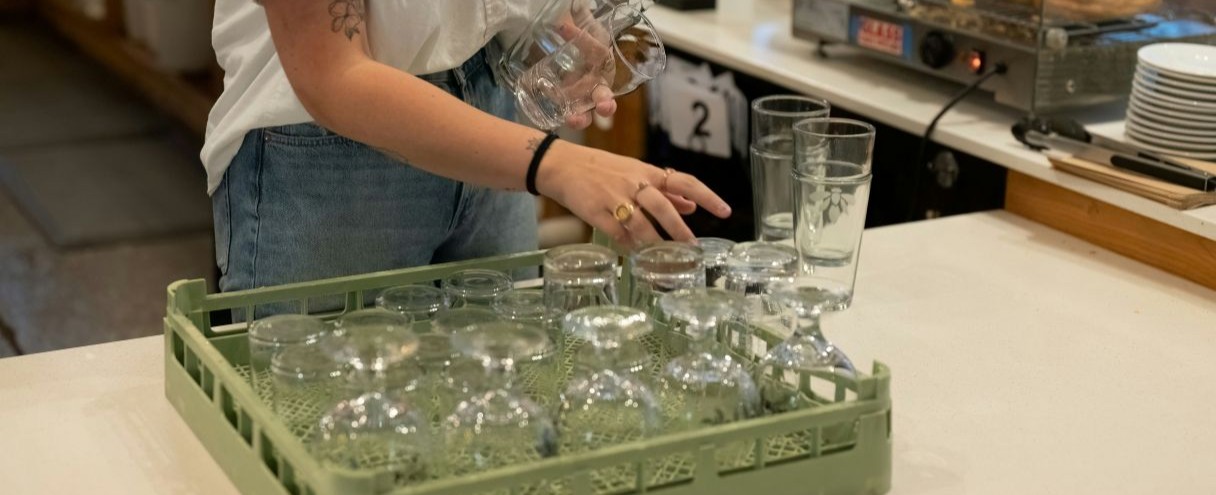The days of “just a cash register” are long gone.
In 2025, a modern POS system is expected to manage online orders, talk to third-party delivery apps, sync menus in real time, handle inventory, support loyalty programs, and maybe even alert the staff when a tablet gets disconnected. That’s a tall order for any restaurant POS technology, and one that’s constantly evolving.
If you’re a POS reseller, tech provider, or infrastructure builder, you know this: your clients don’t just want feature-rich software, they want flexibility. They want to choose their preferred delivery platforms, accounting tools, kitchen displays, and loyalty systems. And they expect it all to work together, through smart POS integration.
So how do you build (or sell) a Future-proof POS offering that keeps up with ever-changing integrations without rewriting your system every six months?
Let’s see!
Most legacy POS systems weren’t built for delivery app POS integration. When DoorDash or Uber Eats became a must-have, companies rushed to build custom connectors. But custom = costly. Every delivery partner had its own API quirks, test environments, bugs, and documentation traps (looking at you, “optional” fields that turn out to be required).
And when a new marketplace showed up? Or your customer expanded to a region where that marketplace didn’t operate? You were back to square one.
Multiply that by accounting tools, kitchen display systems, loyalty platforms, and inventory systems, and you’ve got an integration spaghetti nightmare.
The New Way: Abstraction + Modularity
Instead of building dozens of one-to-one integrations, future-ready systems use abstraction. Here’s how it works:
Standardized Interfaces: You define a single menu format, a single order schema, and a single availability update protocol inside your POS – a true standardized format approach.
Translation Layers: Integration partners like KitchenHub infrastructure translate that standard format into whatever a third-party (e.g., DoorDash, Uber Eats, or a local delivery app) expects.
Plug-and-Play Modules: Add-ons like KDS, loyalty, or menu sync don’t require a new codebase, just enable the module and connect the API.
This “build once, integrate everywhere” model means you can onboard new clients faster, roll out features more predictably, and scale into new markets without rebuilding the foundation.
Let’s talk brass tacks. If you’re reselling or offering a white-label POS, you don’t want to be on the hook for:
- Manually uploading new menus every week.
- Fielding support tickets because the POS and delivery pricing don’t match.
- Explaining to a client why their Sunday-only brunch menu still shows up on Tuesday.
When you offer a cloud-based POS system that already supports modular, API-first POS integrations, you’re offering peace of mind. You’re giving clients a reason to stick with you long-term, and to pay for higher-value add-ons like delivery sync, automated accounting, or menu control.
And if you use KitchenHub aggregation platform, you don’t even need to build it all yourself. Just plug into our platform, rebrand it as yours, and focus on selling.
One of our partners was supporting a mid-sized POS with a strong base of local restaurants. When a few operators expanded into delivery-heavy areas, the requests started pouring in:
“Can you do POS integration with Uber Eats?”
“We just launched with DoorDash, why isn’t it syncing?”
“We need to change prices by delivery platform.”
Their developers were drowning in one-off requests. But once they moved to a centralized integration layer with KitchenHub infrastructure, things changed:
- Delivery orders synced automatically into their POS.
- Menus could be managed centrally, then distributed across all platforms.
- Pricing differences, modifiers, and time-based menus were all handled via API with retry logic and webhook handling.
They didn’t just retain the accounts, they upsold the integration as a premium feature in a scalable POS solution.
Here’s your quick checklist if you want to build (or offer) a future-proof POS solution:
✅ A single, standardized format for menus, orders, and availability
✅ Ability to plug into multiple third-party APIs via a translation layer
✅ Modular design for easy feature add-ons
✅ Real-time syncing with retry logic and webhook handling
✅ Compatibility with white-label infrastructure like KitchenHub
If you’re tired of duct-taping integrations and firefighting failed orders, it’s time to rethink your architecture.
A future-proof POS offering isn’t about building every feature yourself, it’s about building once and using the right partners to integrate everywhere.






